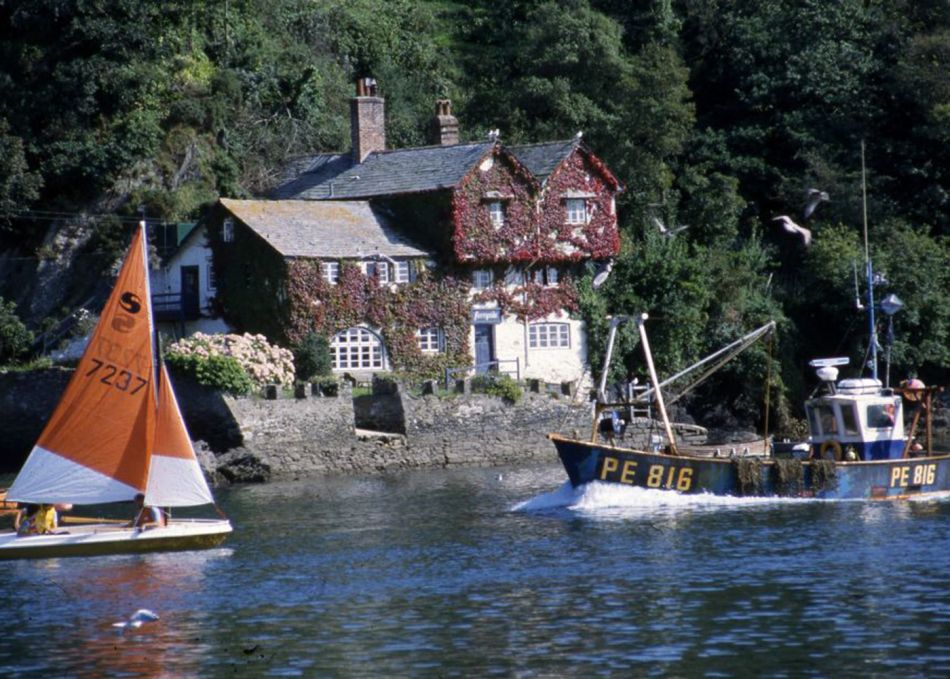Bought for £100
Rowena Cade moved to Cornwall with her mother after the First World War and bought the rocky headland at Minack (from meynek, meaning “rocky place” in Cornish) for £100 to build a house there. Rowena became involved in local theatre and in 1930 she started to plan a theatre in her garden. With the help of her gardeners Billy Rawlings and Charles Angove, she shaped the theatre seating and stage from the rock.
Tempestuous performance
In the summer of 1932, William Shakespeare’s play The Tempest was performed against the backdrop of Porthcurno’s dramatic seascape. Rowena made some of the costumes herself and only batteries and car headlights lit the play. The audience had to buy their tickets from a table in the garden and then scramble down a narrow path to the theatre.
Concrete and sand
There were performances at the Minack every summer and during the winter Rowena and her gardeners continued to improve and expand the theatre. Using sand brought all the way up from the beach, Rowena invented a way of making the theatre look like stone, even though most of it is made from concrete and cement. She decorated the seats with the names of plays, performances and Celtic designs before the concrete set.

Reproduced courtesy of Andrew Besley as featured on cornishmemory.com
World wonder
During the Second World War, the theatre was given over to the army, who used it as a lookout post. After the war, Rowena started to restore and rebuild the theatre, again with the help of Billy Rawlings. They built a new road, car park and a flight of 90 steps leading from the beach at Porthcurno to the theatre. In 2014, the Minack Theatre was selected as one of the most spectacular theatres in the world.
What play would you like to see performed at the Minack? Do you think Rowena Cade was influenced by the shape of the Cornish plen-an-gwary?

Reproduced courtesy of Andrew Besley as featured on cornishmemory.com
Did you know?
There is only one granite seat in the whole theatre. Rowena Cade dedicated it to the gardener Billy Rawlings, who died in 1966.
After the Second World War, during the theatre’s restoration, the gun-post was converted into the new box office.










